Andrea Mantegna
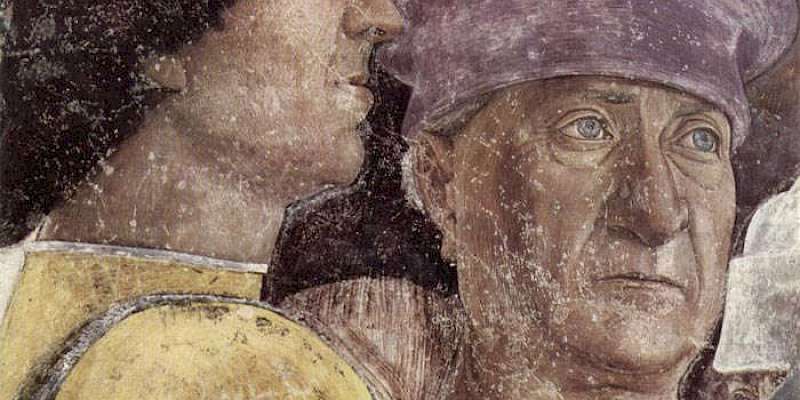
Italian Renaissance master of perspective
Andrea Mantegna (1431–1506) excelled at three of the main tenets of Renaissance art:
- He was an early perfector of perspective, which he could warp masterfully.
- He was a keen observer of anatomy, which he modeled with sculptural exactitude.
- He made careful studies of ancient architecture, the proportions and details of which he incorporated into his paintings.
Mantegna developed a sculptural and very Classical mode of High Renaissance painting quite different from—but just as ethereally beautiful as—that of his famous Venetian brother-in-law Giovanni Bellini, and in 1460 he became court painter to the Gonzagas of Mantova.
Selected works by Andrea Mantegna in England
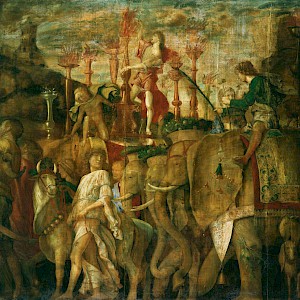
The Triumphs of Caesar V: Elephants (1484–92) by Andrea Mantegna, in Hampton Court Palace, London in the Hampton Court Palace, London










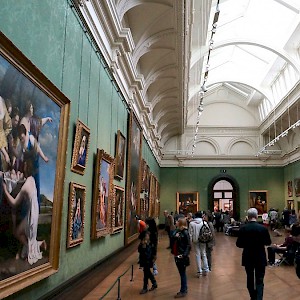
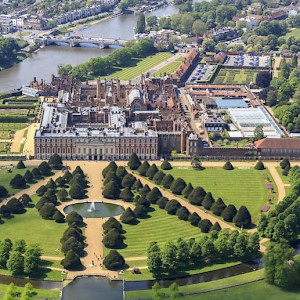
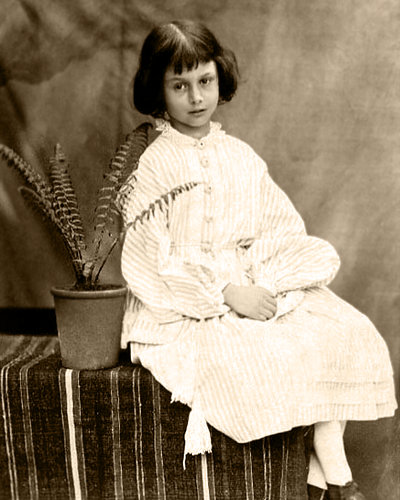 Alice Liddell, Age 7
Alice Liddell, Age 7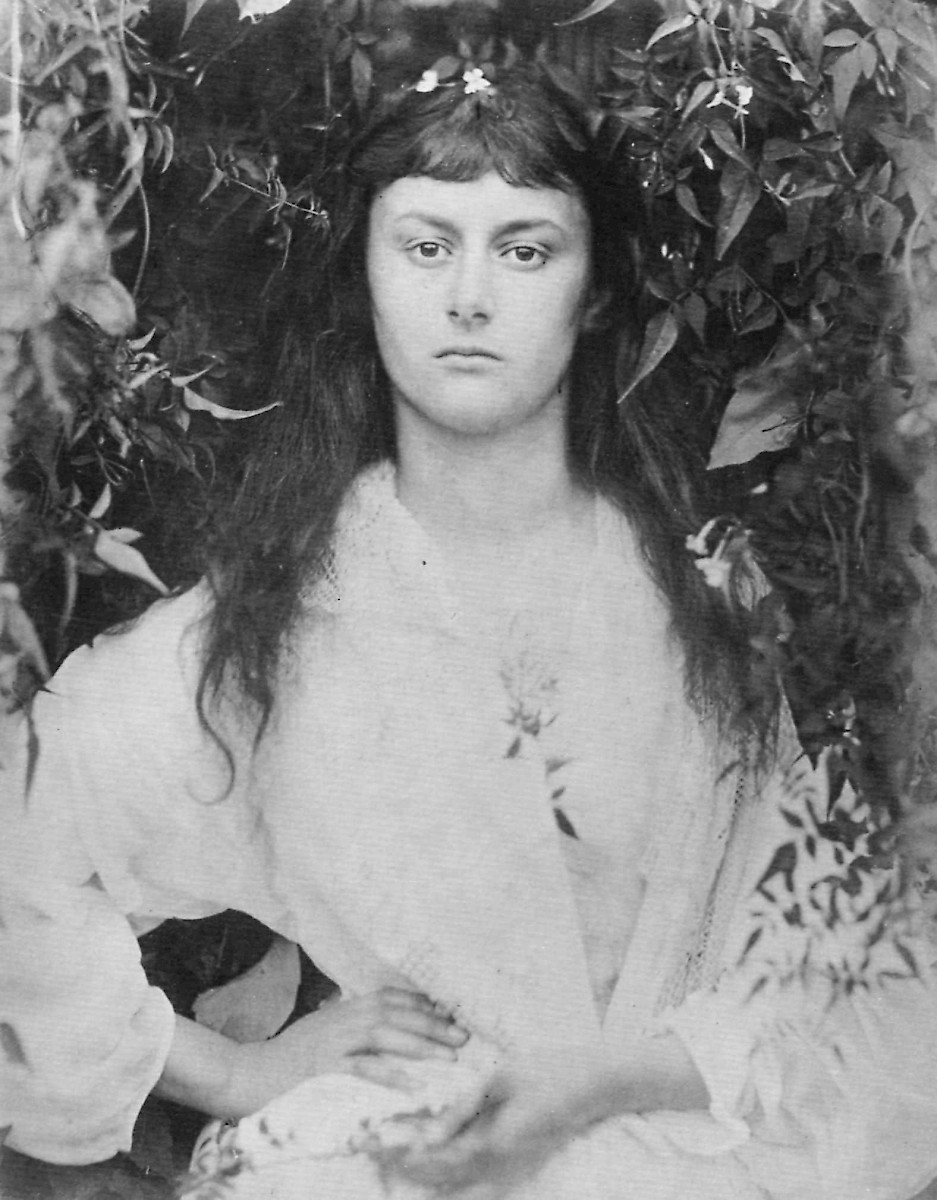 Alice Liddell, age 20
Alice Liddell, age 20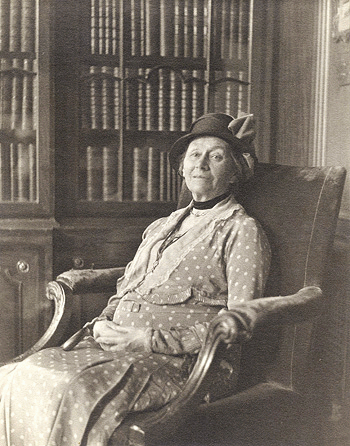 Alice Pleasance Liddell Hargreaves, age 80
Alice Pleasance Liddell Hargreaves, age 80




